April 3rd, 2023 | Blog
The Explosive Development of Artificial Intelligence and Its Impact on Designers and the Design Industry
by Pärtel Vurma
Writing about artificial intelligence at the moment is a rather interesting challenge because every day there are news that shake up the field. For example, at the time of writing this article, there was news that top scientists from around the world wrote a joint appeal to halt the development of artificial intelligence for six months, so that humanity could take a breath and think about how to regulate this field in such a way that humanity is not rushing towards its quick existential end. Italy became the first country to ban the use of ChatGPT due to data protection concerns.
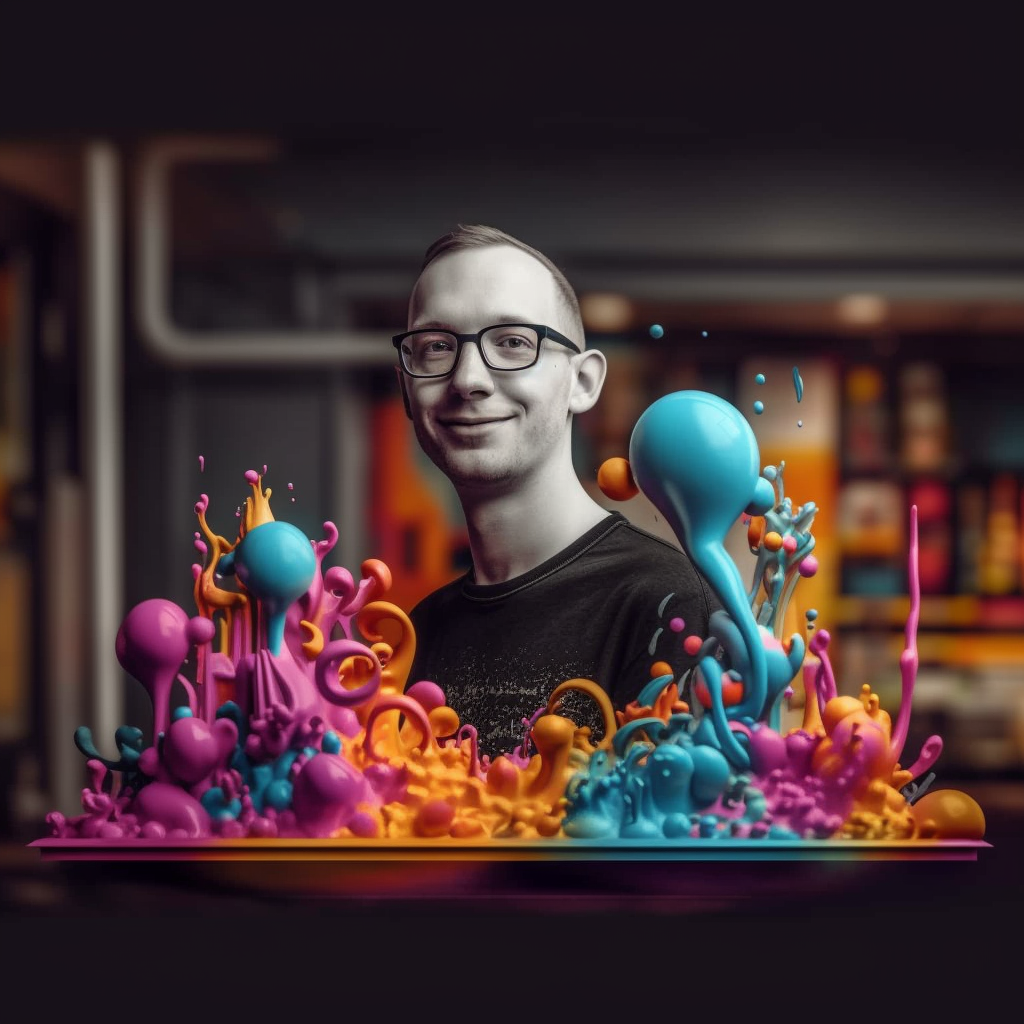
The use of artificial intelligence in various fields, including design, is not actually new. The current hype and explosive emergence of practical tools are rather related to the fact that a couple of notable tools such as ChatGPT and Midjourney became so easily usable and accessible to everyone, that people realized how much it can change their daily lives and therefore affect the development of the world and humanity. All of this is extremely exciting, and my experience in the last few weeks shows that AI is being discussed in absolutely every meeting and conversation.
I am completely convinced that this is not a temporary surface ripple that excites a narrow circle of technology enthusiasts, but a turning point in history that will change quite a few fields of activity and their functioning beyond recognition.

Impact of AI on the Design Industry
This will certainly have an impact on the design industry in several ways. Most directly, it will affect the daily work of designers at the operational level. New technologies allow designers to work faster and improve the quality of their work and its results. It is only a matter of time before AI becomes part of the basic functionality of the software that designers use today. Adobe Firefly, Miro AI, Canva AI, and numerous Figma plugins are just the beginning. Seeing how dozens of new artificial intelligence-driven digital products and services are launched every day, I would not be surprised if a year from now, software solutions that we have never heard of today are used in the design industry on a daily basis.
Some of the effects of such technology becoming available to everyone are obvious. AI helps to automate repetitive tasks and speed up time-consuming tasks. For example, data analysis, prototyping, testing, and generating variations will become much faster and easier in the future. This allows us as designers to use our time and energy more for creative and strategic tasks, which create greater value and have a longer-term impact on our work.
Every designer, regardless of discipline, has plenty of activities that are tedious and time-consuming, and which they would rather not do. Whether it’s photo editing, formatting files, collecting and analyzing information, naming layers, or preparing presentations, we can now delegate this part of the work to machines on an even larger scale.
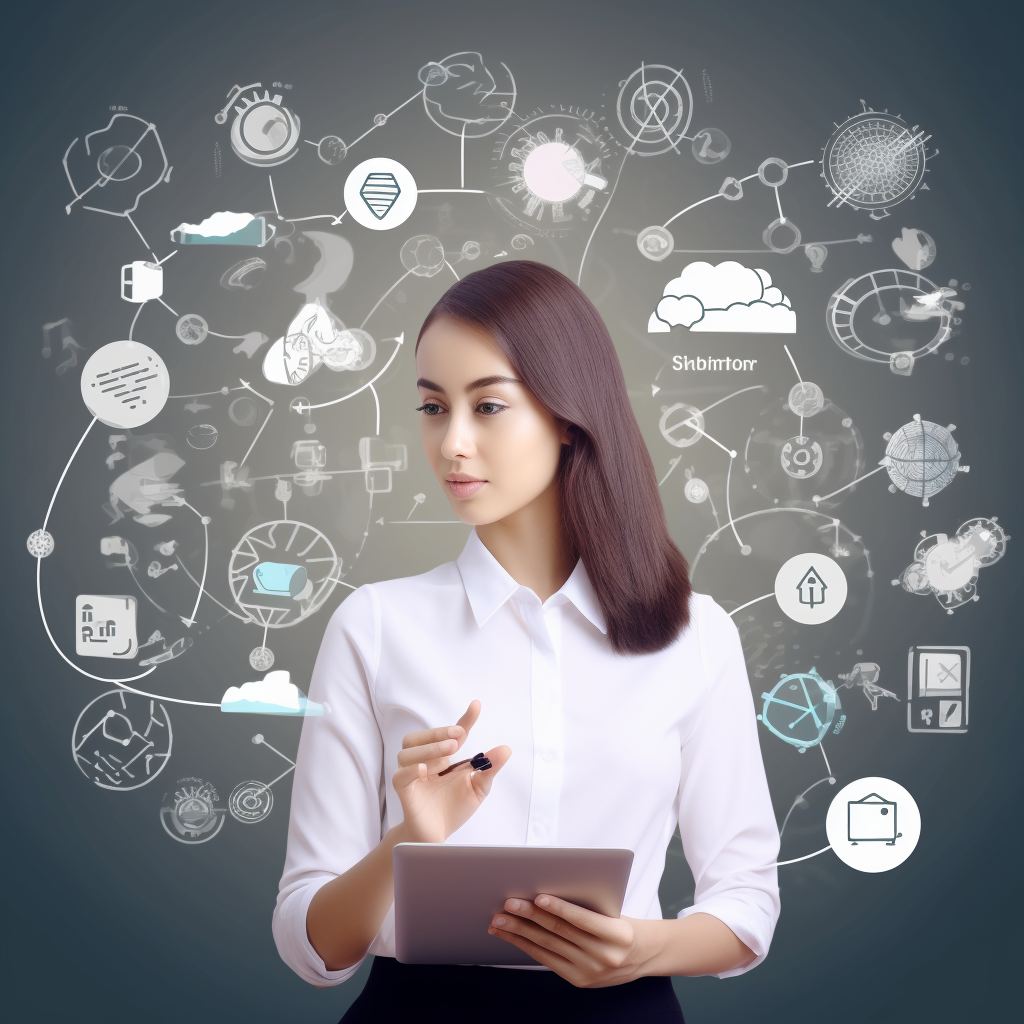
Definitely, the application of artificial intelligence has an amplifying effect on creativity and inspires us to seek solutions from places and in ways we hadn’t previously thought of or couldn’t apply before. At Velvet, we often generate ideas, validate them and turn them into concepts with the help of ChatGPT. The speed with which some activities in the design process can be solved is impressive. Currently, these technical tools are still quite robust and their use is more of a playful experimentation. The ways in which designers will use these tools most effectively in their work in the future will be revealed over time, but the potential and impact are already visible and perceptible in the first experiments.
I like to think of artificial intelligence as a very skillful, smart and experienced colleague who can always be consulted and delegated tasks and activities.
Perhaps a more accurate parallel would be an entire team of highly skilled individuals with diverse skills, with whom you can bounce ideas off and reach the best results faster. Imagine having a creative team of the world’s best illustrators, photographers, writers, creative directors, analysts, musicians, animators, and researchers. They solve tasks in a matter of seconds. You, however, need to be able to assign them the right tasks and synthesize their created results together.
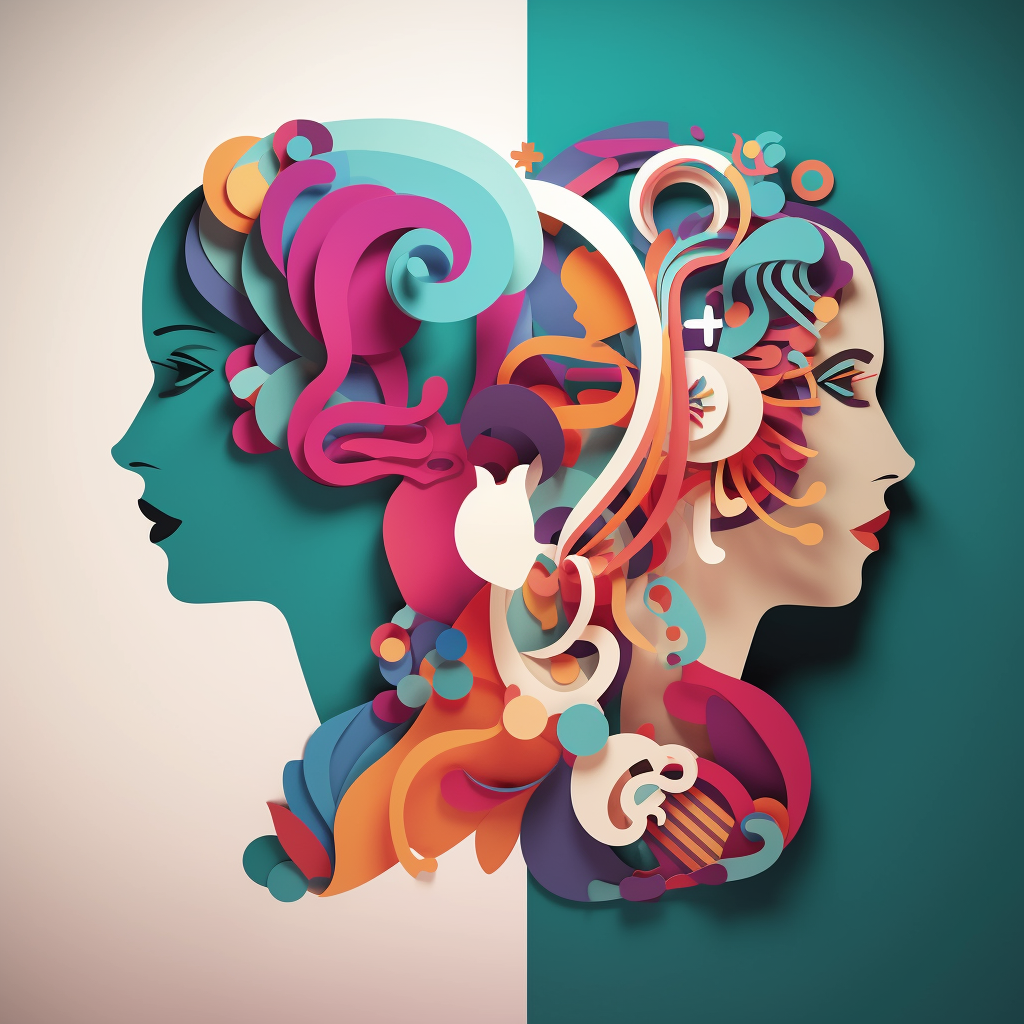
Drawbacks, risks, and dangers
There is one clear downside to using ChatGPT on a daily basis that you must be aware of as a risk. It can confidently and convincingly answer questions on topics it knows nothing about, providing completely false information. It can do this so convincingly that you may not even suspect that it is bluffing. Therefore, it is advisable to double-check mission-critical information from other sources.
Creating an AI that is unbiased and does not tend to give stereotypical judgments has also proven to be quite challenging. Since AI is trained on human-created data, it inevitably includes the irrational and darker aspects of being human.
One of the main legal problems posed by the use of AI in our field is related to copyright issues. Traditionally, designers have owned copyright protection for their creations, and this is protected by relevant laws. AI creates design solutions that resemble those created by humans, and it is trained on millions of other authors’ solutions, with instructions given by a specific designer. Therefore, the question arises as to who owns the copyright for solutions created jointly by the designer(s) and the AI?
Until the legislative side is more precisely regulated, we as designers have a moral obligation to ensure the ethical and responsible use of AI. It is also important to develop a legal framework that helps protect privacy and copyright, and prevent bias and discrimination.
There is one more danger that we are likely to see soonest. Most of the new AI tools that have emerged so far are for the semi-automatic creation of marketing materials. This means that all social media and other online media will be flooded with mediocre content marketing whose sole purpose is to get hits, clicks, and likes and climb up the SEO ranking ladder.
Automated commenting solutions will likely emerge, as well as automated responses to those comments. The result will be machines and algorithms communicating within a marketing bubble that consume energy and pollute digital space for essentially nothing. I hope this will be a passing phase, but I am sure that at some point, we will have to endure it together.
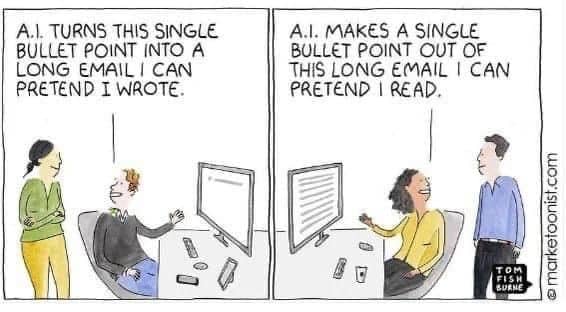
Help, stop the earth, I want to get off.
In processes that predict fast and significant changes, there is not only excitement but also quite a bit of anxiety. One might think that if artificial intelligence takes over many of the tasks of designers today, there will be less need for so many (human) designers. However, I am convinced that these changes will allow designers to apply their core strengths – their creativity and critical thinking skills – more efficiently for the benefit of humanity, thereby increasing the impact and perceived importance of design multiple times over. This, in turn, will increase the demand for good designers.
Every technological revolution also creates numerous new possibilities and occupations. Just as the popularity and development of search engines led to the emergence of SEO specialists, a whole new field of professionals will emerge who know how to best assign tasks to AI and find their own strategies and processes that delegating work to AI will give them a competitive advantage. At Velvet, we constantly think about how to put the possibilities of artificial intelligence to work for our clients, not only related to our design services but also considering their industry and business model more broadly. If today, many people talk about concepts such as digital transformation and green revolution, I predict that soon we will hear about the AI-turn or intelligence leap.
What every designer can do right now is to explore and experiment with various AI tools and try out how it changes their work and creates new possibilities. At Velvet, we have created a separate AI club and a shared communication space where we share experiences, discoveries, tutorials, and other good material that we have encountered during the use of artificial intelligence. As a thought exercise, it would be useful to ask yourself, if you could delegate one of your tasks to artificial intelligence, what would it be? There is probably already a technical solution available for your answer today. Artificial intelligence certainly does not replace human empathy, creativity, and critical thinking skills. The need for ideas and solutions created as a result of human-centered thinking always remains.
Another paradox is that the more machines solve tasks, the more valuable human contact and interpersonal communication become. The value generated in most design tasks lies in the journey of going through it, not just in the end results. For example, in the process of rebranding, organizational values, visions, and business strategies crystallize through interpersonal communication. This gives hope that the future of human designers and our entire industry is bright and the room for possibilities to have a long-term impact is increasingly broad.
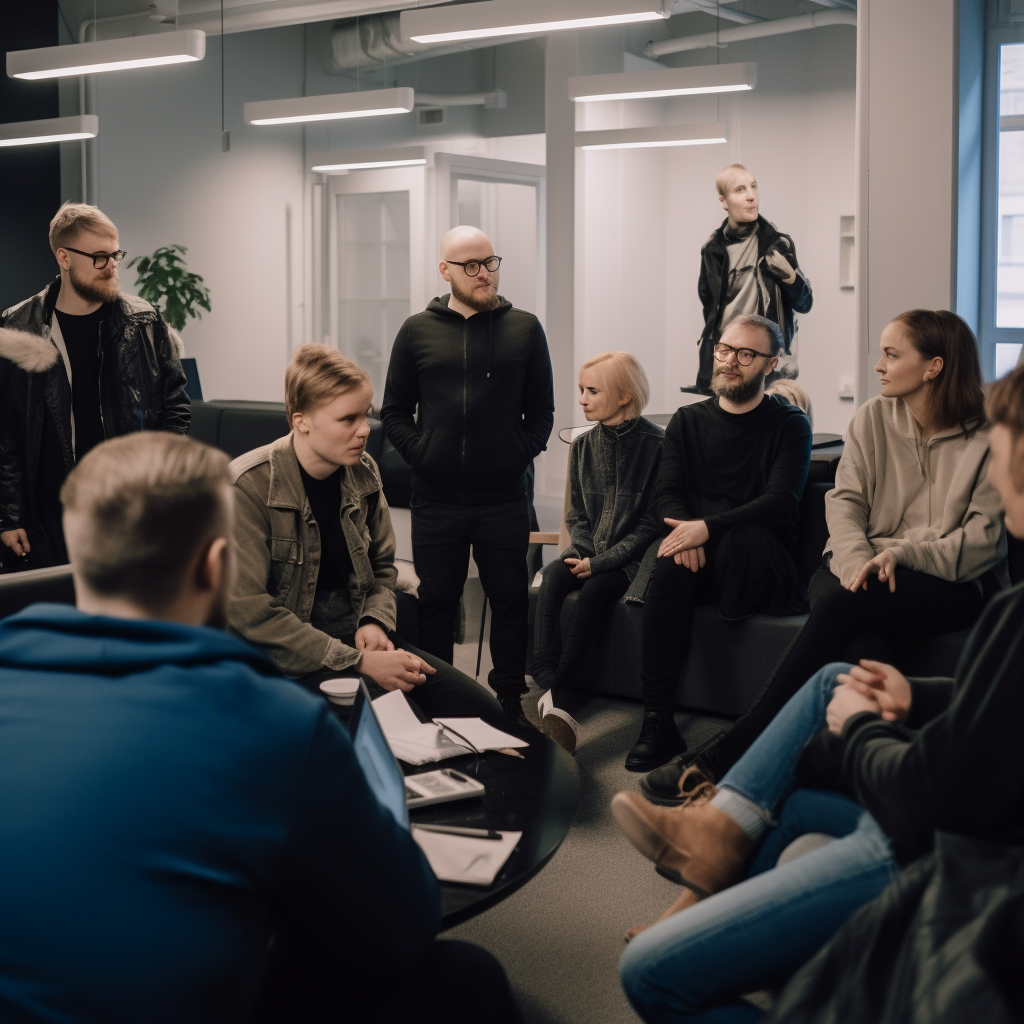
Here are some references to start with if you want to familiarise yourself more with the world of AI
- ChatGPT (https://chat.openai.com/) is an AI platform that enables natural language processing and generation based on the model learned by the AI. It allows people to communicate with AI in a natural way, as they would with another person.
- Prompt Engineering Guide (https://www.promptingguide.ai/)
– a comprehensive guide on how to use ChatGPT and understand the working principles of LLM (large language models) in general. - Midjourney (https://www.midjourney.com/) is an independent development agency that produces an AI program of the same name, which can be used to create image representations from descriptions written in text.
- DALL-E (https://openai.com/product/dall-e-2) is also an AI system that allows for realistic images to be created from textual descriptions.
- DreamStudio (https://beta.dreamstudio.ai/)
– the official web application of Stability AI for generating images. - Riffusion (https://www.riffusion.com/)
– AI-generated music based on text descriptions. - Supertools (https://supertools.therundown.ai/)
– a constantly updating catalog of services and guides that use AI.
The article was originally published in the Estonian Design Centre blog.
If you’re thinking about exploring the AI-world with us, don’t hesitate to check out our open positions.
